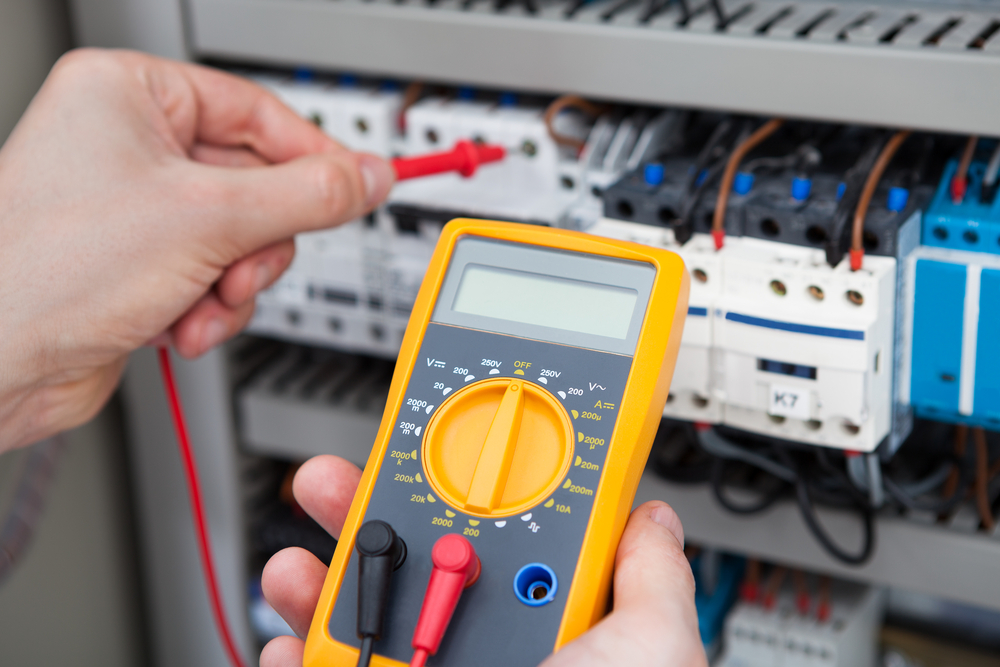How Often Does Test and Tag Need to Be Done?
As business owners and employers, ensuring the safety of our workplace and the machinery and devices within it is of utmost importance. One vital aspect of workplace safety is the regular testing and tagging of electrical equipment. By doing so, we not only comply with legal requirements but also significantly reduce the risk of electrical hazards.
In this blog, we will delve into the frequency at which test and tagging services Adelaide should be performed to ensure the safety of your workplace.
Understanding Test and Tag Requirements
Test and tagging services involve the inspection, testing, and tagging of electrical equipment to ensure its safety and compliance with the relevant electrical standards. This process helps to identify faulty or damaged equipment and prevent electrical accidents.
The frequency of test and tagging services is determined based on the type of environment the equipment is used in and the nature of the electrical equipment itself.
Factors Affecting Test and Tag Frequency
- Workplace Environment
The type of workplace plays a significant role in determining the frequency of test and tagging services. For example, a construction site with its harsh and demanding environment may require more frequent testing compared to an office setting.
- Equipment Type and Usage
Different types of electrical equipment have varying usage patterns and risks associated with them. Equipment used more frequently or in environments that are prone to damage may require more frequent testing. It’s essential to consider these factors when determining the test and tag frequency for your equipment.
- Legal Requirements and Standards
To ensure the safety of employees and compliance with the law, there are specific standards and regulations that mandate the frequency of test and tagging services. These standards are in place to protect employees and ensure the safe operation of electrical equipment in workplaces.
- Frequency Recommendations
The frequency of test and tagging services Adelaide is typically determined based on the risk assessment of the workplace and the equipment being used. Here are some general guidelines to consider:
- High-Risk Environments
In high-risk environments such as construction sites, factories, and workshops, electrical equipment should be tested and tagged every three months. The frequent use and demanding environment necessitate regular testing to ensure the safety of the equipment.
- Medium-Risk Environments
For environments like offices and retail settings where the risk to electrical equipment is lower, testing and tagging can be conducted every six months. This interval allows for consistent monitoring of equipment safety without being overly burdensome.
- Low-Risk Environments
Low-risk environments, such as an office with minimal electrical equipment usage, may require testing and tagging annually. The lower risk of damage and wear on equipment allows for longer intervals between testing.
- Importance of Regular Test and Tagging
Regular test and tagging services Adelaide not only ensure compliance with legal requirements but also contribute to the overall safety and wellbeing of employees.
By identifying faulty equipment early on, the risk of electrical hazards is greatly reduced, leading to a safer work environment for everyone involved.
Conclusion
The frequency of testing and tagging is influenced by various factors, including the workplace environment, equipment type and usage, and legal requirements. It is crucial for businesses to conduct regular test and tagging services to maintain a safe environment and prevent electrical accidents.
By adhering to the recommended testing intervals and standards, employers can prioritise the safety of their employees and the overall well-being of the workplace.
Leave a reply
You must be logged in to post a comment.










